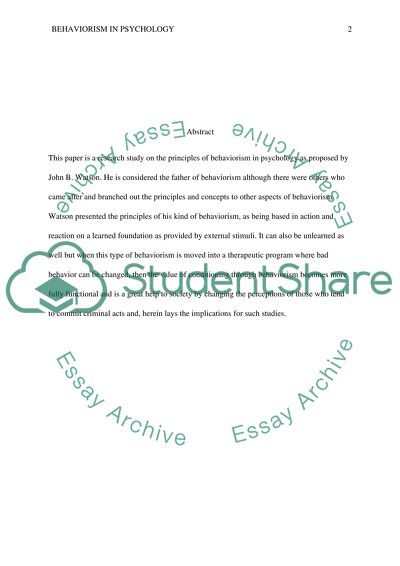Cite this document
(“School of behaviorism Term Paper Example | Topics and Well Written Essays - 3500 words”, n.d.)
Retrieved from https://studentshare.org/psychology/1479873-school-of-behaviorism
Retrieved from https://studentshare.org/psychology/1479873-school-of-behaviorism
(School of Behaviorism Term Paper Example | Topics and Well Written Essays - 3500 Words)
https://studentshare.org/psychology/1479873-school-of-behaviorism.
https://studentshare.org/psychology/1479873-school-of-behaviorism.
“School of Behaviorism Term Paper Example | Topics and Well Written Essays - 3500 Words”, n.d. https://studentshare.org/psychology/1479873-school-of-behaviorism.


